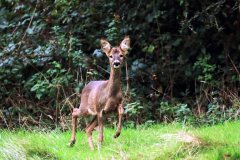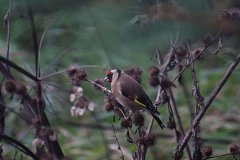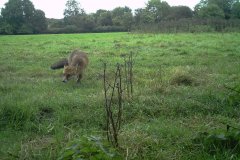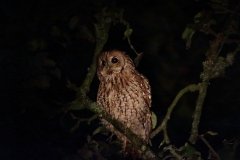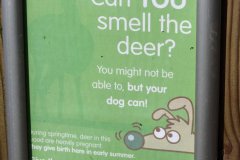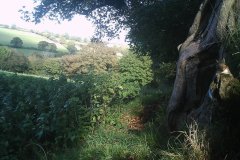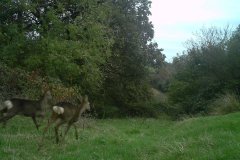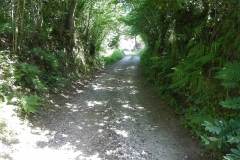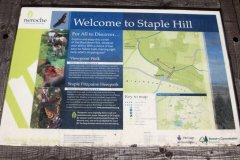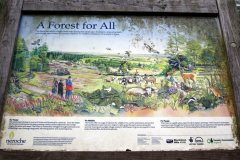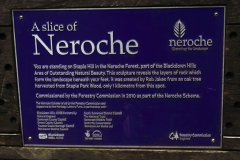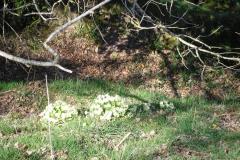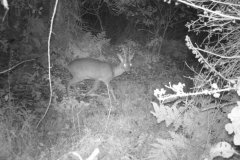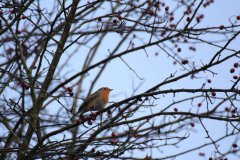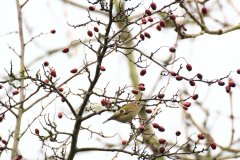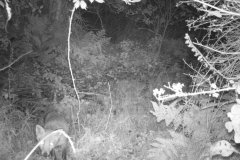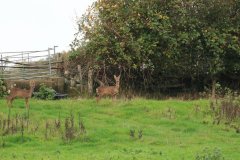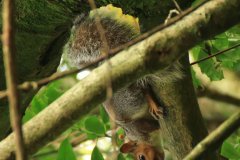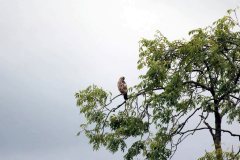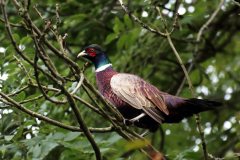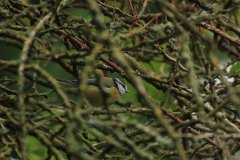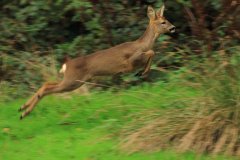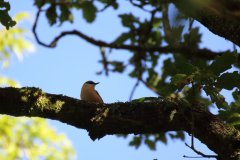What are County Wildlife Sites – County Wildlife Sites are important areas for the wildlife that they contain, whether plants, birds, mammals, insects, fungi or molluscs. They include traditional meadows and pastures, as well as freshwater, wetland, heath-land and ancient broad-leaved woodland.
Unlike Sites of Special Scientific Interest (SSSI’s), status as a County Wildlife Site does not confer any legal or statutory implications, and sites rely for their conservation entirely upon sympathetic management by their owners. There are currently about 1,800 County Wildlife Sites in Somerset. The Wildlife Sites system operates in most counties in the UK.
Why are County Wildlife Sites so important?
The rural landscape has been shaped by centuries of traditional farming and land management. Its varied and important habitats support many rare species and depend on long-established human activities to survive.
However, agricultural practices have changed significantly in the last 50 years, as farmers successfully responded to the pressures for increased production. In many instances, wildlife has been lost as old meadows have been re-seeded, marshes drained and ancient woods abandoned or replanted with conifers.
As a result, there has been a significant decline in habitats for wildlife across the country.
Somerset, is fortunate in still having areas of important habitats; maintained by farmers through their sympathetic management. The Trust aims to encourage the continuation of this conservation-friendly management, so that the value of such areas is retained for the future.
What are the aims of recognizing County Wildlife Sites?
Through the Wildlife Sites system, information i collected on the best sites for wildlife. The purpose is to:
- provide a database that will enable the condition of habitats in the countryside to be assessed, and any gains or losses measured;
- assist landowners in maintaining or developing management measures that are sensitive to wildlife; and
- enable future decisions on land use to be made by owners and managers on an objective and factual basis.
Please see the maps:
- Map – Fyfett Meadow and Fyfett Moor Country Wildlife Site
- Map – Howstead Country Wildlife Site
Fyfett Farm Wildlife and other attractions
Birds seen within one mile of the farm in the last year (common and not so common):
- Sparrow hawk
- Red Kite
- Bull Finch
- Gold Finch
- Chaffinch
- Greeb Finch
- Spotted Flycatcher
- Thrushes
- Blackbird
- House sparrow
- House martin
- Swallow
- Jackdaw
- Crow
- Rook
- Jay
- Magpie Cuckoo Tawny Owl Tits Blue Great Long-tailed Coal Tree creeper Nuthatch Wren Robin Dunnock Woodcock Snipe
- Wood pigeon Pheasant Yellowhammer Various gulls Mallard
- Gold crest *
- Starling
- Field Fare
- Whitethroat
- Black Cap
- Chiff Chaff
- Green Woodpecker
- Spotted Woodpecker
- Pied Wagtail Grey Wagtail Wheatear
- Nightjars are thought to be close by also, though not seen by me.
Other wildlife seen:
Beavers and their dams can be seen at Otterhead Lakes.
There are several badger setts around, and badgers can be easily seen when these are located. Foxes are regularly seen, as are Roe Deer. Bats are numerous – various species but definitely Pipestrelles, also Noctule. Other rodents regularly seen – rabbit, squirrel, shrews, weasel, stoat, moles, hedgehogs, door mouse.
Fyfett Farm is within the Blackdown Hills AONB – see www.blackdownhillsaonb.org.uk for more info.
There are several Somerset Wildlife Trust reserves nearby, such as Yarty Moor, Bishopswood Meadows, Jan Hobbs, Quants, Ringdown, Ruggin, Thurlbear, Dommetts Wood. See www.somersetwildlife.org for more info.
Castle Neroche is close by, ancient hill fort with views and walks. See www.nerochescheme.org for more info.
There are numerous walks in the area, such as the Hare Path (see Neroche Scheme), The East Deane Way, The West Deane Way, Neroche Millennium walk etc.
There is a Woodland Trust site nearby called Adcombe Wood, near Corfe, see www.woodlandtrust.org.uk for more info.
Other areas of interest are the Turbaries, and the East Devon Heathlands such as at Culm Davy, Aylesbeare and Woodbury Common.
Slightly further afield, there are the Somerset Levels, very good for wildlife, with some RSPB reserves such as West Sedgemoor (heronry), Grey Lake and National Nature Reserves at Shapwick Heath.
Fyfett is situated in the Yarty Valley, near to the head of this river. Much of the valley is designated either as County Wildlife Site, or more importantly Site of Special Scientific Interest.
Click on an image to enlarge and to read the captions
